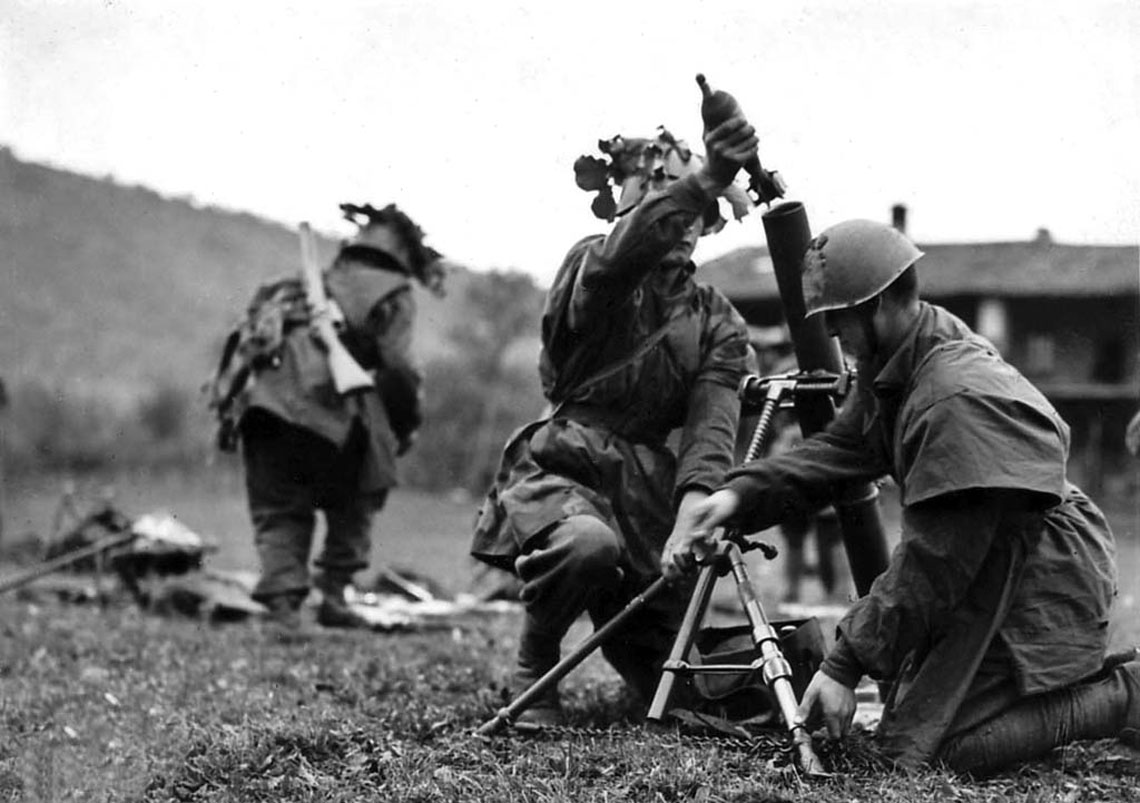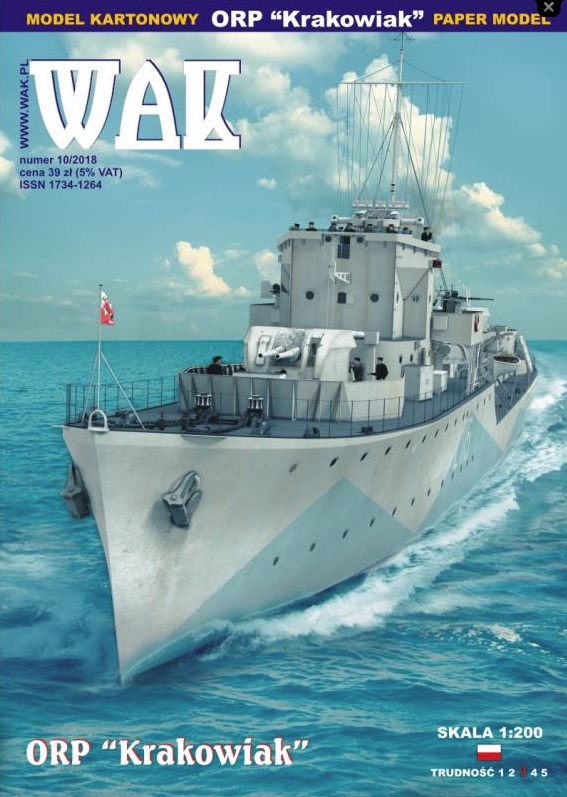
RSI troops fighting on the Anzio bridgehead

Support for the Italian 81mm mortar during fire.
On January 22, 1944, in Italy, near the city of Anzio, in the rear of the German units, the XNUMXth American Corps (subsequently also supported by British troops) landed under the command of General John Lucas. Their goal was to bypass the fortifications of the Gustav Line, cut off its defenders from the rest of the German army in Italy, and open the road to Rome as soon as possible. In front of them were parts of the German XNUMXth Parachute Corps of General Alfred Schlermm and the LXXVI Panzer Corps of General Trugott Erra. The Germans in the fight against the allies were supported by their Italian allies from the Armed Forces of the Italian Social Republic.
The capitulation of Italy to Anglo-American forces on September 8, 1943 provoked an immediate reaction from Germany, which violated the Pact of Steel linking them to Italy and attacked Italian troops stationed in southern France, the Balkans, Greece and Italy itself. The Italian armed forces were quickly overwhelmed and most of the country fell under German occupation. The king, government and most of the royal fleet took refuge in the territories occupied by the allies. On September 23, 1943, in the territories controlled by Germany, Benito Mussolini, liberated as a result of a daring action by German paratroopers, proclaimed a new state - the Italian Social Republic (Repubblica Sociale Italiana, RSI).
In addition to the ground forces - Esercito Nazionale Repubblicano (ENR) - the Mussolini regime, relying on Germany's allies, deployed a Waffen-SS unit to fight on the side of the Third Reich, through which about 20 1944 people passed. officers, non-commissioned officers and soldiers (in "peak form" in December 15, it numbered 1944 1 people). At the time of its creation, the unit was called Italienische Freiwilligen Verland (SS Legion Italiana), in March 1 it was reorganized into 1. Italienische Freiwilligen Sturmbrigade (9a Brigata d'Assalto), in June into the 1st Sturmbrigade Italienische Freiwilligen Legion, in September it was already 1945th SS Grenadier Brigade (Italian No. 29), and in March 1 a division was created under the name 28th SS Grenadier Division (Italian No. 1943). Its commanders were: from 28 October 6 SS-Brigadeführer Peter Hansen (between 1943 October and 10 December 1944 commanded by SS-Standartenführer Gustav Lombard), from 20 May 1944 SS-Oberführer Otto Jungkuntz and from 10 August XNUMX g. - SS Standartenführer Konstantin Heldmann. Waffen Brigadeführer Pietro Manelli was the inspector of the Italian units of the Waffen-SS. This unit never functioned as a compact formation. The Italian Legion of the SS, formed from the Volunteer Legion of the Armed Militia (Milizia Armata), consisted of three infantry regiments and XNUMX independent infantry battalions stationed in various places in northern Italy.
On October 10, 1943, the RSI (Aeronautica Nazionale Repubblicana, ANR) was created. The Folgore Parachute Regiment (Reggimento Paracadutisti "Folgore") was also under the command of the Agricultural Property Agency. Two days later, in response to the call of the legendary Colonel Ernesto Botto, the formation of aviation units began. Botto was a military pilot to the core, he did not stop flying even after the amputation of his leg. That's why he got the name "Iron Leg". In addition, he knew Field Marshal Wolfram von Richthofen (commander of the German Air Fleet 2) very well, who was fascinated by his career and courage. Soon, 7 people gathered for the colonel's appeal at different airports. pilots and aviation technicians. In addition to Adriano Visconti, fighter pilots such as Hugo Drago, Mario Bellagambi and Tito Falconi, as well as famous torpedo bombers such as Marino Marini (rescued after being shot down over the Mediterranean by the crew of the German U-boat U- 331 in February 1942), Carlo Fagioni, Irnerio Bertuzzi and Ottone Sponza.
On the initiative of Capt. Carlo Fagioni, a squadron of torpedo bombers is formed at Florence Airport, initially consisting of 3 Savoia-Marchetti SM.79 aircraft. Soon he was transported to Venice and equipped with 12 machines of the same type. On 1 January 1944, three Gruppo Autonomo Aeroiluranti "Buscaglia" squadrons reached combat readiness. The unit was named after the commander of the 281st Squadron and later the 132nd Bombardment Squadron, Major V. Carlo Emanuel Buscaglia. On November 12, 1942, he was shot down by a Spitfire fighter in the battle against the Allied ships in the port of Bougi in Algiers, declared dead and posthumously awarded the Gold Medal "For Valor". In memory of him, colleagues named the new unit after him1.
The RSI Navy (Marina Nazionale Repubblicana, MNR) was created on September 30, 1943. The Germans did not trust their allies, so most of the Italian ships they captured (or sunk, and then raised and rebuilt) entered service with the Kriegsmarine. flag, with German commanders - although in some parts there were still Italian sailors (in the crew). For this reason, few units were included in the MNR. The most numerous ships of the RSI Navy were torpedo boats (6 large and 18 medium), in addition, they had submarines (3 medium, 1 small and 14 small; of the last 5 operated in the Black Sea), submarine hunters (6 -7 ), at least 1 minesweeper and several dozen (a dozen?) Auxiliary patrol boats. The latter were subordinate to the German Port Guard Flotillas (Hafenschutzflottille) in Venice, Genoa and La Spezia. Perhaps for a short time, the MPR also had a corvette. In addition, the "black fleet" (the so-called RSI fleet) manned anti-aircraft positions on cruisers under construction: Caio Mario in Genoa, Vesuvio and Etna in Trieste.
